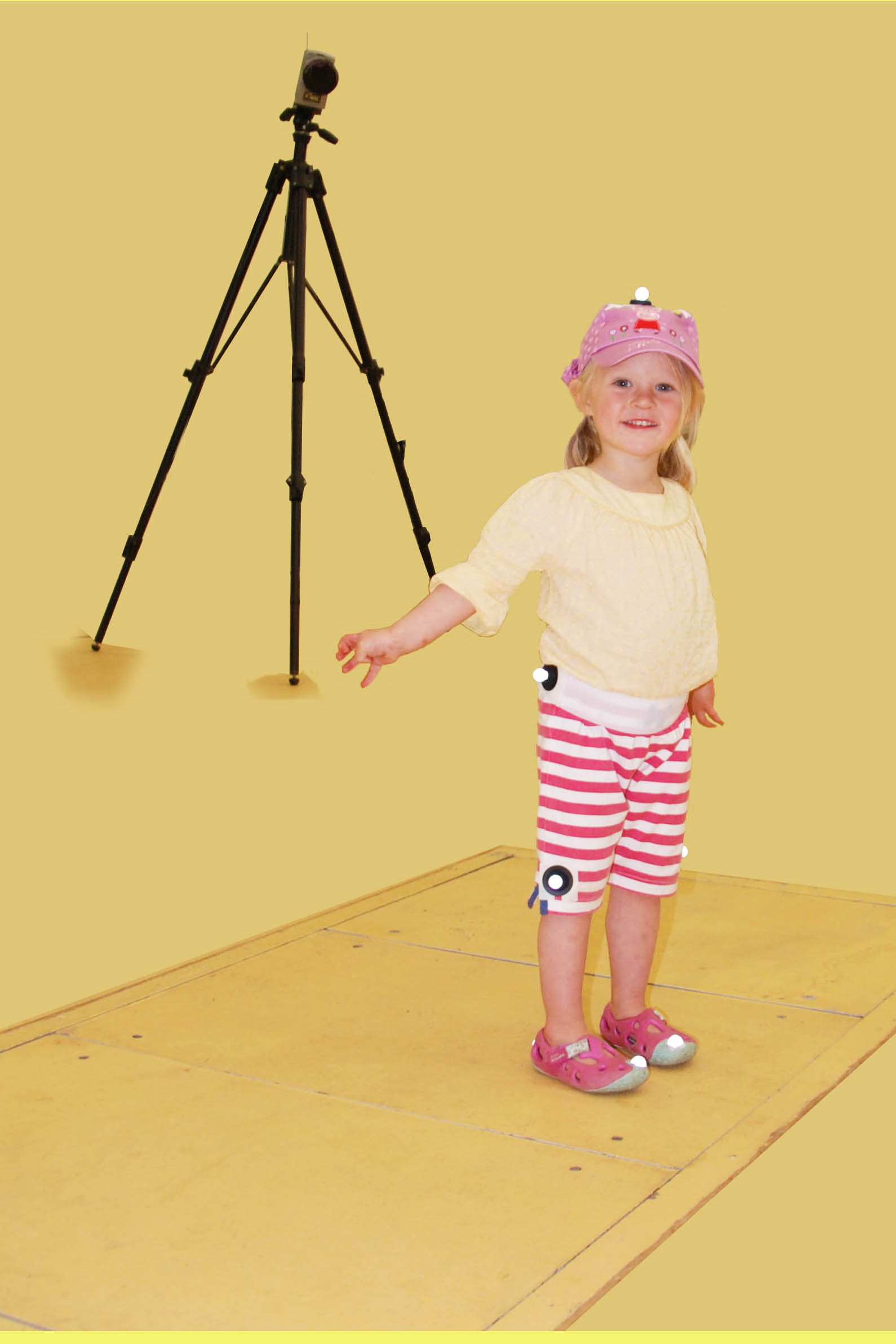Walk This Way
New research by Dr Tatjana Hubel and Dr Jim Usherwood provides fresh insight into the impact of size and speed for the way we humans walk and run. 
Dr Hubel, working alongside Structure and Motion Lab colleague Dr Usherwood, has been conducting human gait analysis on human adults and children. This work, recently published in The Journal of Experimental Biology, can be read in full here.
Working from the position that walking and running are surprisingly uneconomical forms of locomotion, our researchers have been concerned with how we minimise the metabolic cost of these actions. To account for the range of sizes and speeds measured the researchers began with a standard model of walking and running that minimise work.
However, to understand why humans - and especially children - deviate from these 'ideal' models, a simple physiological factor had to be added. By assuming the muscles of humans do not change much with age, simply taking account of the differences in leg length accounted for why small children appear to 'clunk' on the ground when they walk, and barely get off the ground when they run.
As described by Dr Usherwood in the video below, children adopt a very different gait to adults not because they are immature or not yet developed but "because they are getting it right for their size"
For further comment on this study you can visit The Journal of Experimental Biology. You can also explore this and related work by Dr Usherwood at Jim Usherwood Research.
You may also be interested in:
-
How changing limb posture helped ancient reptiles grow
New collaborative research from the Royal Veterinary College (RVC), along with the Institute of …

